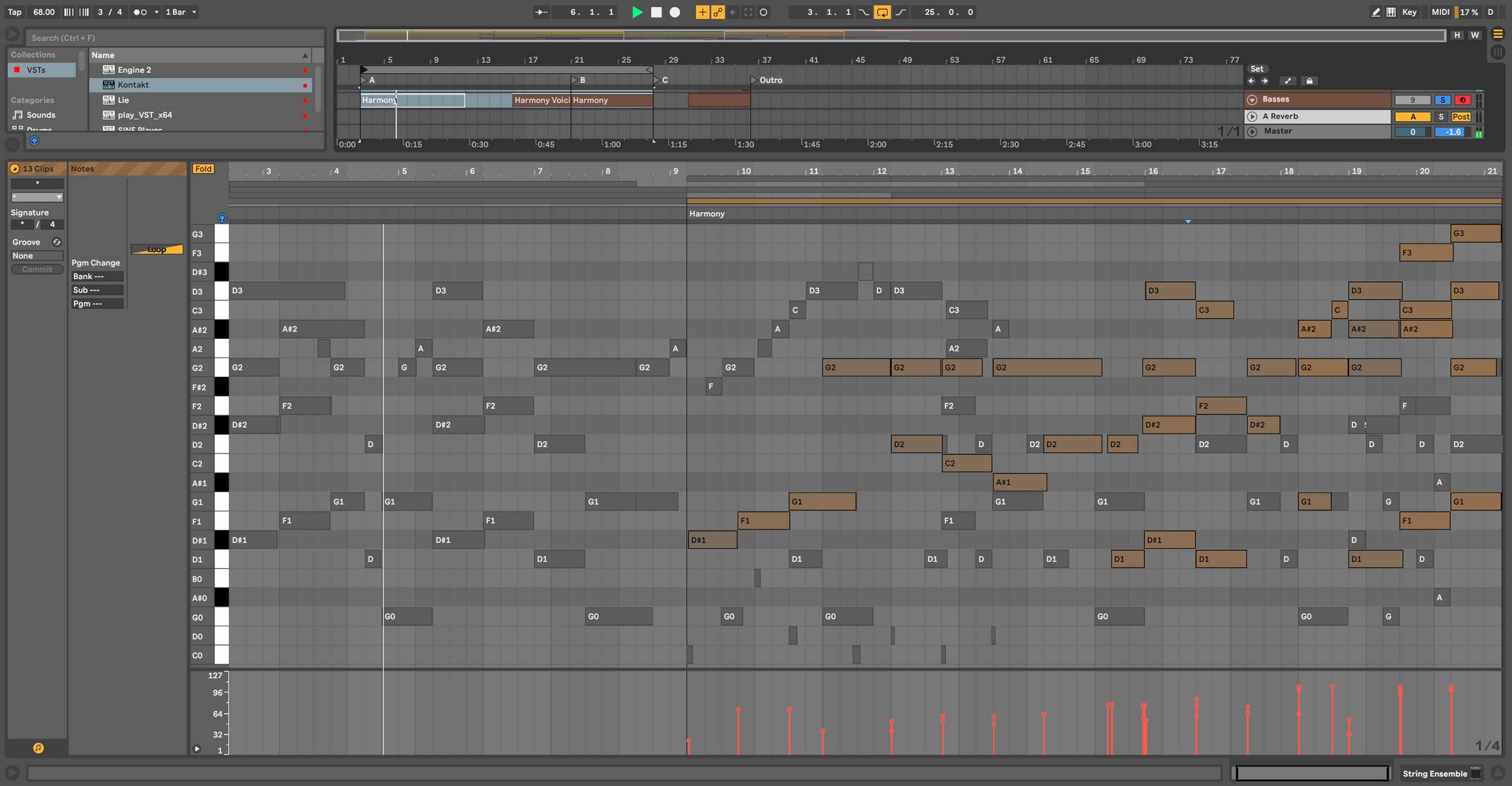
What does your Game want?
- 4 MINUTE READ -
Music should feel baked into the game. Below I explain the core principles used by successful games today.
Music Follows the Player’s Progression
The player, just like the character they’re controlling, will go through the game’s journey, and that journey will change them. The music must evolve with the character.
Starting out the world is fresh and unexplored, so the music is uplifting and encouraging. Yet when you return with scarred hands and a chipped sword the music should also change - it can be both darker and more triumphant. You’re never the same person after that long adventure - why should the music stay the same?
Use when your game has a intricate and dramatic story, like a narrative game or an RPG.
Example from the game Ghost of Tsushima:
In this game you’re a samurai who chooses to defy tradition to save his people from the Mongol invasion. The developers and audio team divided the island into three parts, unlocked one at a time as the story progresses. The music starts with peaceful melodies in the first island prefecture, surrounded by thick bamboo forests. But when you finally arrive at the last part of the island, facing exile in the snowy mountains, the music is now lonely and sparse, making you reflect on your choices.
Turning a Few Loops Into Hours of Original Music
Ever wonder how often a 1-hour soundtrack repeats in a 50+ hour game? How do you keep the music fresh throughout? The solution is not spending more on music composition, but by smartly combining and looping instruments with what’s known as vertical layering.
Let’s say our player is exploring a city. We have music composed of only 3 instruments - a guitar, a flute and a drum. As the player is approaching the city outskirts, he can only hear the slow strum of the guitar. As he gets closer to the city gates, the drum will kick in, and the flute will only be triggered when the player is at the city center, now experiencing the whole composition. We can even expand the city music by making random combinations of the 3 instruments. A few loops can stretch a long way, giving the player lots of variety, while costing less to compose and implement.
Use when you’re making an open world game, a turn-based strategy or a puzzle - basically whenever the player will spend a lot of time exploring or thinking.
Example from the game Witcher 3 / The Wild Hunt:
This game is massive. I’ve personally spent 350+ hours the first time I played it. The audio team understood that very well, and they had learned a lot from their own music implementation with the Witcher 2. An example of how they used the vertical layering technique can be found in the music for Kaer Morhen, the witcher’s stronghold. The area consists of large forests, with the castle in the middle. As you’re exploring the forest the music would be stripped down (a pad or soft strings) — essentially making it an underscore. Approaching the castle, more and more instruments would join in with beautiful, lyrical melodies. Geralt’s location was mapped to the volume intensity of each instrument. Such an elegant and simple solution, that never got tiring.
The Player Becomes the Conductor
This is where game music gets really exciting: when it’s controlled by the player’s actions.
A great example is combat. Instead of using one musical loop for all combat encounters, we can connect the music to the game mechanics: when you find the triple barreled shotgun a rock guitar riff plays - or we can increase the tempo as enemies surround you. Instead of button prompts and quick-time events the music can teach you when to do what. This way the music comes alive, keeping you fully immersed.
Use when your game has several things going on at once, or when you want to guide the player towards certain locations or choices.
Example from the game The Pathless:
In this beautiful open world, you’re an archer trying to find your way through a vast forest. One of the core mechanics is shooting talismans at speed, so you can keep moving fast and cross long distances. To encourage you to travel fast and learn how to shoot your bow accurately, the developers and composer added a rhythmic layer of percussion every time you’re picking up speed.
How much will it cost to create custom music for your game?



